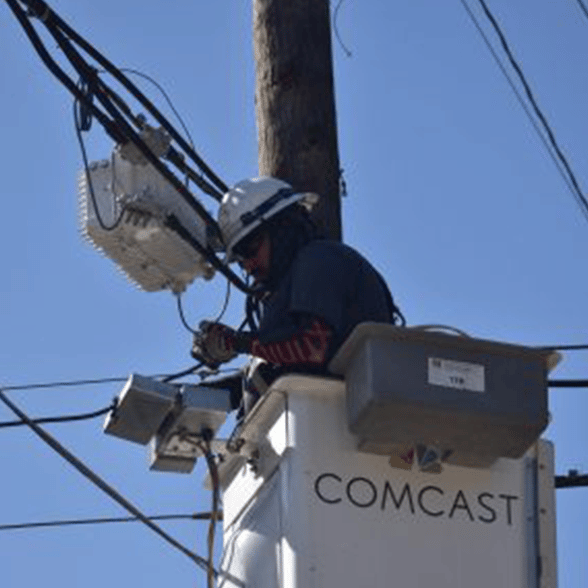 The over-the-top video threat, in which consumers bypass local video service providers (cable, IPTV, and DBS) for Internet based content, is well documented. Service providers fear their significant investment in broadband networks that deliver subscription based video services is at risk if enough consumers cut the video cord in favor of these ‘free’ Internet content offerings.
The over-the-top video threat, in which consumers bypass local video service providers (cable, IPTV, and DBS) for Internet based content, is well documented. Service providers fear their significant investment in broadband networks that deliver subscription based video services is at risk if enough consumers cut the video cord in favor of these ‘free’ Internet content offerings.
When studying this issue, it is important to put it into context. Nielsen recently released some interesting data with their A2/M2™ Three Screen Report. Probably the most glaring finding of this report is that 99% of all video viewing in the U.S. still happens on a traditional television. That finding seems to suggest that subscription video services are far from any immediate danger of bypass.
Viewing video on other screens is definitely on the rise, and worth noting. According to Nielsen’s data, online video viewing on a PC grew by roughly 35% in 3Q09. Much of this growth can be attributed to embedding video in social media networks. Additionally, according to Nielsen, teens are the heaviest users of mobile video, at 7-plus hours per month. There is definite growth in other viewing methods, but in the context of the overall picture, not enough to materially damage the most popular viewing choice – the television. At least not yet. Here are some other interesting Nielsen data points:
- In 3Q09, the average American watched 31 hours of TV per week, with 31 minutes spent in playback mode with their DVR
- In addition, each week the average consumer spent 4 hours on the Internet and 22 minutes watching online video
- The average consumer spent 3 minutes watching mobile video each week
- 57% of Americans with home Internet access use TV and Internet simultaneously at least once a month
- Americans continue to use their DVRs – third quarter results show the average DVR user timeshifts more than 7 hours of programming each month, 21% more than the year before
The trends in video are unmistakable. Customers are consuming video in different ways, across multiple screens. Video service providers will need to continue to study these trends and ensure their offering adapts to these demands.
Perhaps the trend to watch is more Internet delivered video directly to the television (whereas most of it is viewed on a PC today), which could potentially impact buying decisions. Right now, the average consumer doesn’t want to deal with the technical intricacies of getting OTT video to the television. It’s just simply easier to pay the cable bill to get what they want. OTT video on the television will certainly get easier over time. As it does, a percentage of customers will cut the video cord. But smart video service providers will play a role in determining exactly how big of a percentage that is. Candidly, the subscription video business is the service provider’s to lose – Nielsen’s data suggests there is time to figure it out.


